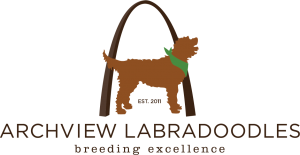
Puppies and children are a lot alike! It takes the right foundation and lots of patience to raise both the way you see fit. Raising a puppy and a child together can be very rewarding! But for the safety of both your child and your puppy, you must carefully monitor their interactions. In today’s Archview How To, we give you some guidelines on the right way for your children to interact with their new best friend!
Children Can Be Scary
Remember, your new puppy is in the developmental stages of their life when they join your family. Sights, sounds, new people can all be a bit intimidating. Like we spoke about in an previous blog, controlled socialization is imperative for your new puppy.
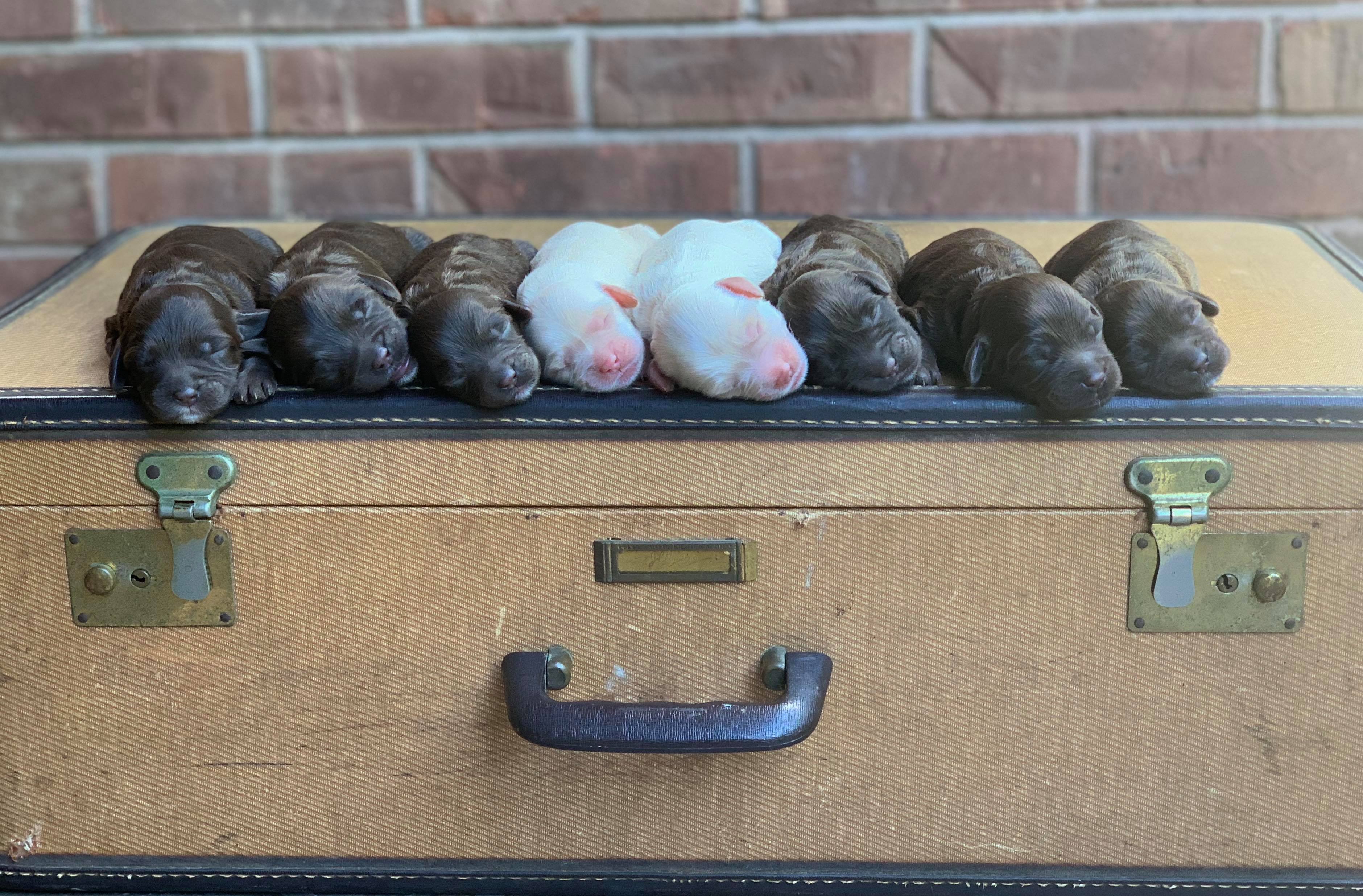
Children by nature can be a bit scary to your new puppy. Think about how your children spend their playtime. It isn’t uncommon for them to run around, scream in excitement, toss or kick toys and they lack a general understanding of personal space that comes with age. For your new puppy, this can be very disconcerting. As a new puppy parent, it is important that you facilitate structured puppy play time with your child.
Petting the Puppy
The biggest concern many puppy parents have is how mouthy some puppies may be, especially with young children. But, there is more going on behind the scenes that leads to this behavior. In their book Raising Puppies & Kids Together, authors Pia Silvani and Lynn Eckhardt dive into why puppies tend to be more mouthy when children pet them.
“When adults pet a puppy, they calmly put their hand out for the puppy to sniff, and then touch the puppy. When children attempt to pet puppies, typically their hands start off very high up in the air and move downward, cautiously and slowly, almost dangling over the op of the puppy’s head. There may even be a slight hesitation on the approach of the hand toward the puppy, as if they are thinking, ‘ I want to pet the puppy, but I am a bit unsure.’ The slow, hesitant hand motion causes most puppies to reach their heads up to meet the hand. AS soon as children see the puppy’s head and mouth coming toward their hand, they immediately pull their hand higher away, sometimes making a screeching noise. This now excites the puppy and turns the petting attempt into a fun game.”
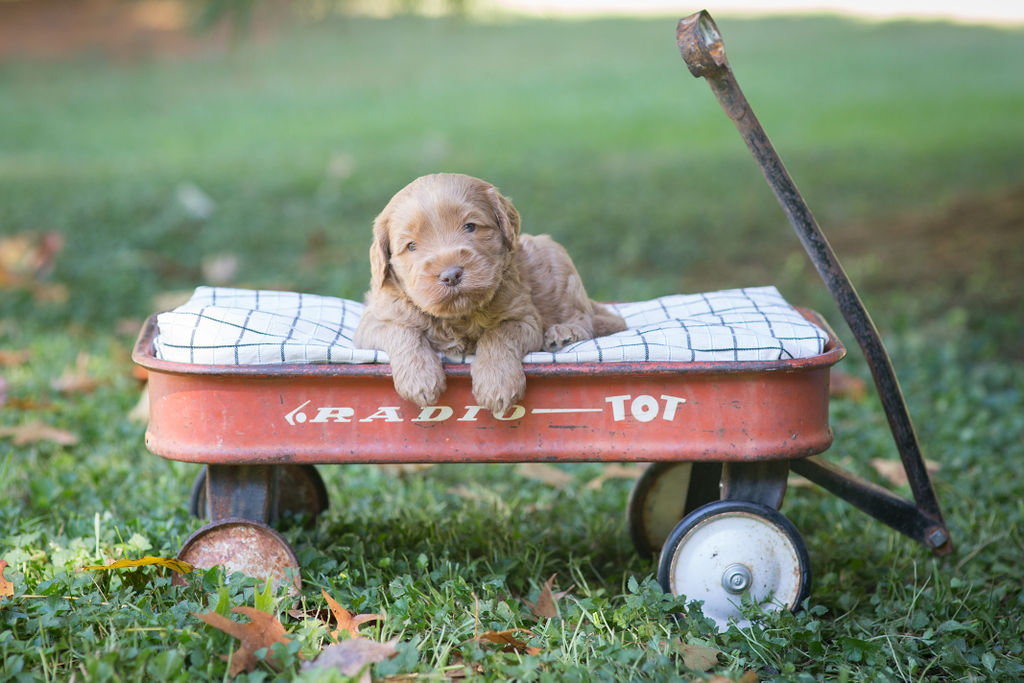
While some puppies think this is child’s play, others may grow fearful or anxious about these repeated interactions, especially if your child pets the puppy roughly. Your puppy is trying to decide if they like the tiny human or if they are afraid of them. The only way to foster a positive environment is by playing a key role in your puppy’s and child’s life together.
The Difference Between Petting and Patting
Spend time teaching your child how to interact with your puppy in the appropriate manner. Instruct them to keep their hands low and to move towards the puppy at a normal pace: not too fast, not too slow. Teach them WHERE to pet the puppy. For example, safe spots to start are the side of the puppy’s face, the neck, beneath the chin or along the back.
Show your child how to softly stroke the puppy in a petting motion. Younger children tend to resort to patting or whacking the puppy. You can teach your child first how to pet on a stuffed animal and then move on to the puppy once they understand the idea.
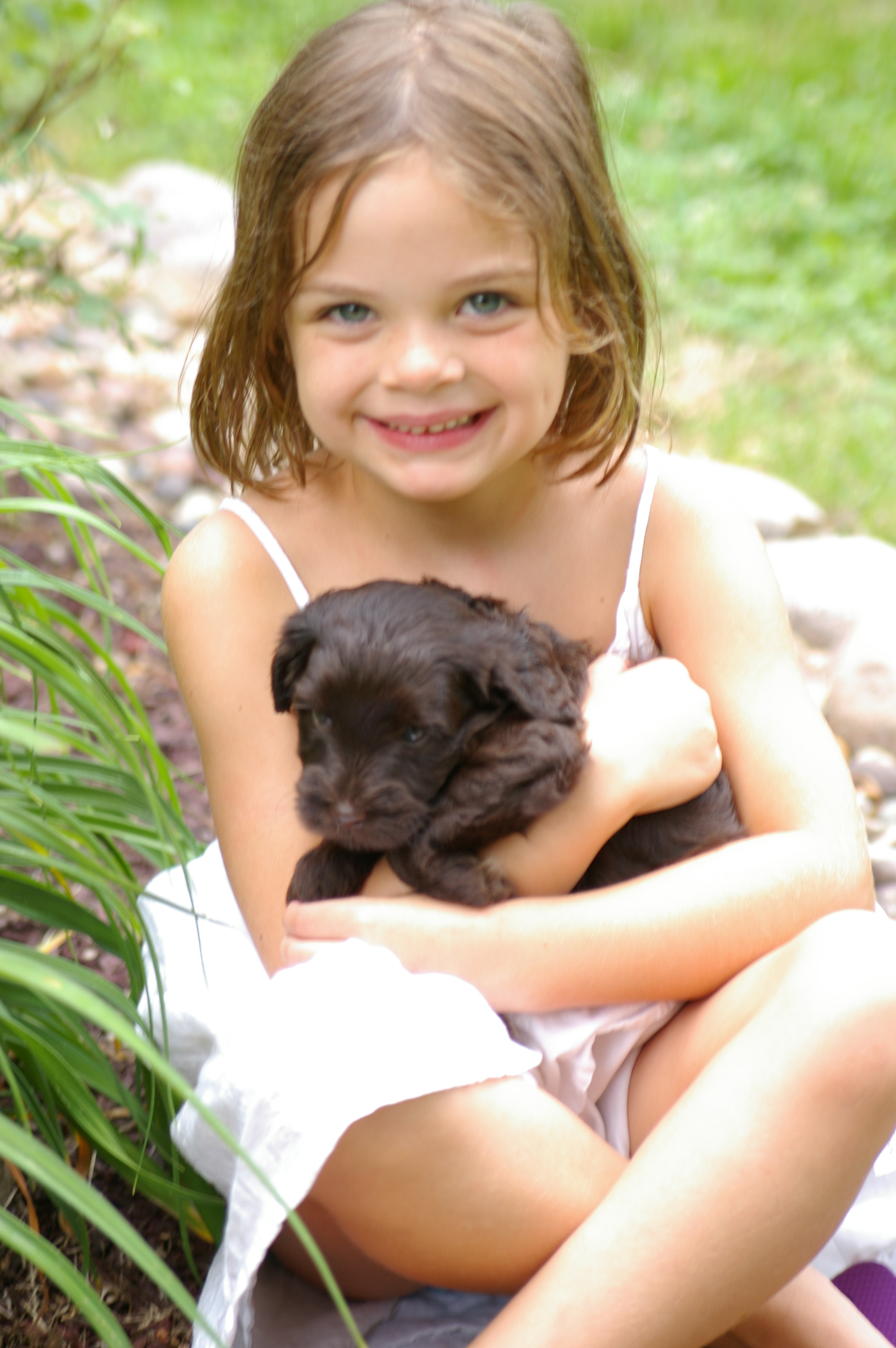
Another important lesson to teach your children is to never poke or pull on the puppy. For young toddlers, tails are the perfect opportunity to grab a hold of the puppy and try to drag it into their space. This is an obviously frightening experience for your puppy and can lead to them being wary of your children. As we learned earlier, wary puppies can react out of fear or anxiety. Always supervise your child’s interactions with your puppy for both of their well-being.
Later this week we will expand on the topic of children and puppies even further, so stay tuned. There is no better way for a child to grow up then with a puppy in the household! Just monitor their playtime together closely to make sure their involvement with one another is appropriate. We want to make sure that your puppy grows up with a deep love and respect for your child. If you are interested in adding a new puppy to your family, we have several waiting to join your family. Check them out on our available puppies page and fill out your adoption application today!
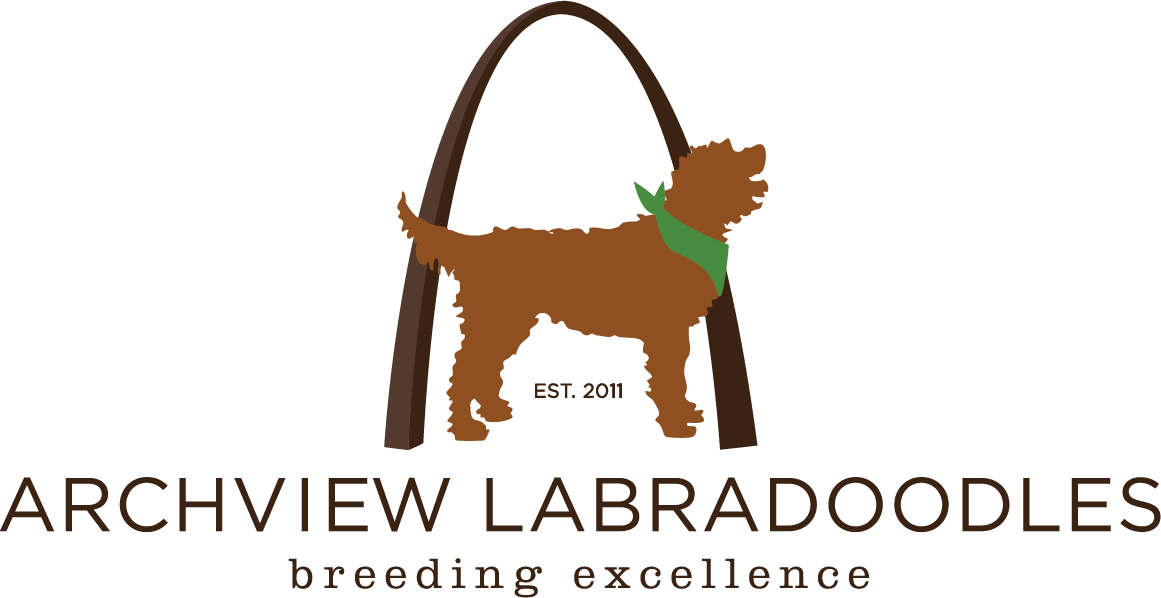






Leave a Reply